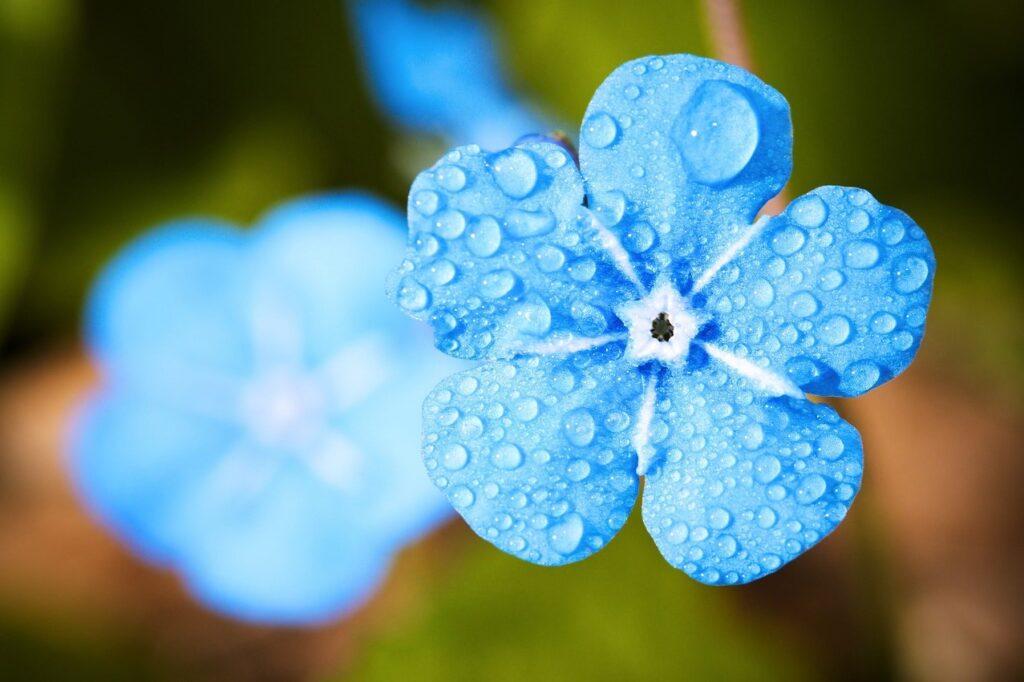Dew is the water droplets that you see on the grass and tree leaves during the morning walk. How does dew form? What is dew point temperature? Let’s learn.
How does dew form? What is dew point?
Dew forms when the water vapor in the air condenses on cold surfaces. When the temperature drops the object surfaces cool down. The water vapor in the air that is in contact with the cool surface also cools and changes its state from vapor to liquid. This results in the formation of liquid water droplets which we call dew.
Dew generally forms at night when the weather is cool and the wind is calm. Coastal areas with high humidity are more likely to get dew.

The dew point is the temperature below which water vapor in the air will start to condense on solid surfaces given pressure is constant. In other words, the dew point is the temperature below which dew will begin to form. At the dew point, the rate of evaporation of liquid water is the same as the rate of condensation of water vapor, meaning the water vapor in the air is in equilibrium with liquid water.
The relative humidity is 100% when the dew point and the air temperature are equal. The higher the dew point, the greater the amount of water vapor in the air. You will feel more hot and muggy if the dew point is 25°C (77°F) in comparison if the dew point is 20°C (68°F).
(Also read: How do clouds form? | Classification of clouds)
The frost point is similar to the dew point, except that it involves the deposition of water vapor into ice instead of liquid water. Frost is a dangerous thing. It can damage crops and other plants by causing cell damage.